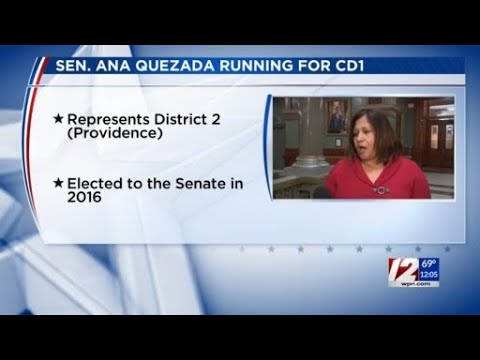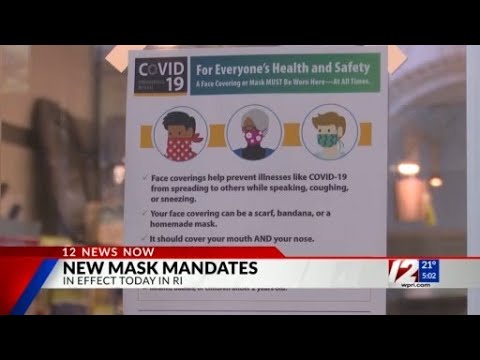Introduction: Candidates Running for Congress in Rhode Island
Rhode Island, the smallest state by land area in the United States, is a hotbed of political activity as candidates for Congress gear up for the upcoming elections. Two districts, District 1 and District 2, will be electing their representatives to serve in the hallowed halls of the U.S. Congress. In this article, we will delve into the backgrounds, political affiliations, experience, stances on key issues, and campaign contributions of the candidates vying for these seats, providing insight into the political landscape in Rhode Island.
District 1: Meet the Candidates
District 1, located in the northwest part of the state, is home to a diverse group of candidates seeking to represent the interests and concerns of their constituents. Let’s meet the notable contenders:
- Incumbent Representative David Cicilline (Democratic Party)
- Harriet Garfinkle (Republican Party)
These candidates bring their unique perspectives and visions for the future of Rhode Island to the forefront, promising a fiercely contested campaign.
District 1: Their Political Affiliations
In District 1, we witness a clash between the Democratic and Republican parties. David Cicilline, the incumbent representative, proudly aligns himself with the Democratic Party, emphasizing his commitment to progressive policies and advocating for social justice. On the other hand, Harriet Garfinkle, a political newcomer, is running as the Republican candidate, highlighting her conservative values and a focus on fiscal responsibility.
District 1: Experience & Qualifications
Representative David Cicilline, seeking reelection, boasts an impressive political resume. He previously served as the Mayor of Providence and has been a staunch advocate for economic development and affordable healthcare. Harriet Garfinkle, while lacking political experience, brings a fresh perspective as a business owner, highlighting her understanding of the challenges faced by entrepreneurs and her dedication to cutting unnecessary regulations.
District 1: Stances on Key Issues
On key issues, David Cicilline has consistently championed healthcare reform, LGBTQ+ rights, and climate change initiatives. Harriet Garfinkle, on the other hand, prioritizes tax cuts, job creation, and immigration reforms. Voters in District 1 will have to carefully consider where their values and priorities align with these candidates when casting their votes.
District 1: Campaign Contributions
Campaign contributions play a crucial role in elections, and District 1 is no exception. David Cicilline has historically received strong financial backing from labor unions, environmental organizations, and progressive advocacy groups. Harriet Garfinkle, as a newcomer, is relying on grassroots support and individual donations to fund her campaign, with a focus on small business owners and conservative donors.
District 2: Get to Know the Candidates
Moving on to District 2, located in the southern part of the state, we encounter another set of candidates vying for a seat in Congress. Let’s meet the notable contenders:
- Incumbent Representative James Langevin (Democratic Party)
- Robert Grimes (Republican Party)
These candidates bring their unique perspectives and visions for the future of Rhode Island to the forefront, promising a fiercely contested campaign.
District 2: Party Affiliations Revealed
District 2, much like District 1, features a clash between the Democratic and Republican parties. James Langevin, the incumbent representative, identifies as a Democrat, emphasizing his commitment to healthcare accessibility and advocating for the rights of individuals with disabilities. Robert Grimes, the Republican candidate, promotes conservative values and focuses on fiscal responsibility as his main campaign platform.
District 2: Professional Backgrounds
Representative James Langevin, seeking reelection, brings a wealth of experience to the table. He has been a tireless champion for disability rights, leveraging his personal experience as a quadriplegic to advocate for inclusive policies. Robert Grimes, an entrepreneur and business owner, emphasizes his understanding of the challenges faced by small businesses and his commitment to fostering economic growth in the district.
District 2: Views on Critical Matters
James Langevin is known for his commitment to protecting Social Security and Medicare, strengthening cybersecurity, and promoting renewable energy sources. Robert Grimes, on the other hand, focuses on tax reform, reducing government spending, and immigration policies. The voters of District 2 will have to carefully weigh these differing visions when casting their votes.
District 2: Financial Backing Analysis
Campaign financing is a crucial aspect of any election, and District 2 is no exception. James Langevin has historically received strong support from labor unions, disability rights groups, and progressive organizations. On the other hand, Robert Grimes is relying on private donations and support from conservative individuals and business owners to fund his campaign.
Conclusion: The Political Landscape in Rhode Island
Rhode Island’s congressional elections in District 1 and District 2 promise to be closely watched races. With candidates from the Democratic and Republican parties competing for these seats, the voters of Rhode Island will have the opportunity to shape the future of their state and the nation. From healthcare to taxes, immigration to climate change, the candidates’ stances on key issues will play a vital role in influencing voters’ decisions. As campaign contributions pour in, it remains to be seen how these financial backing sources will impact the candidate’s strategies and outreach efforts. It is an exciting time in Rhode Island’s political landscape, and voters are eagerly awaiting their chance to make their voices heard.




